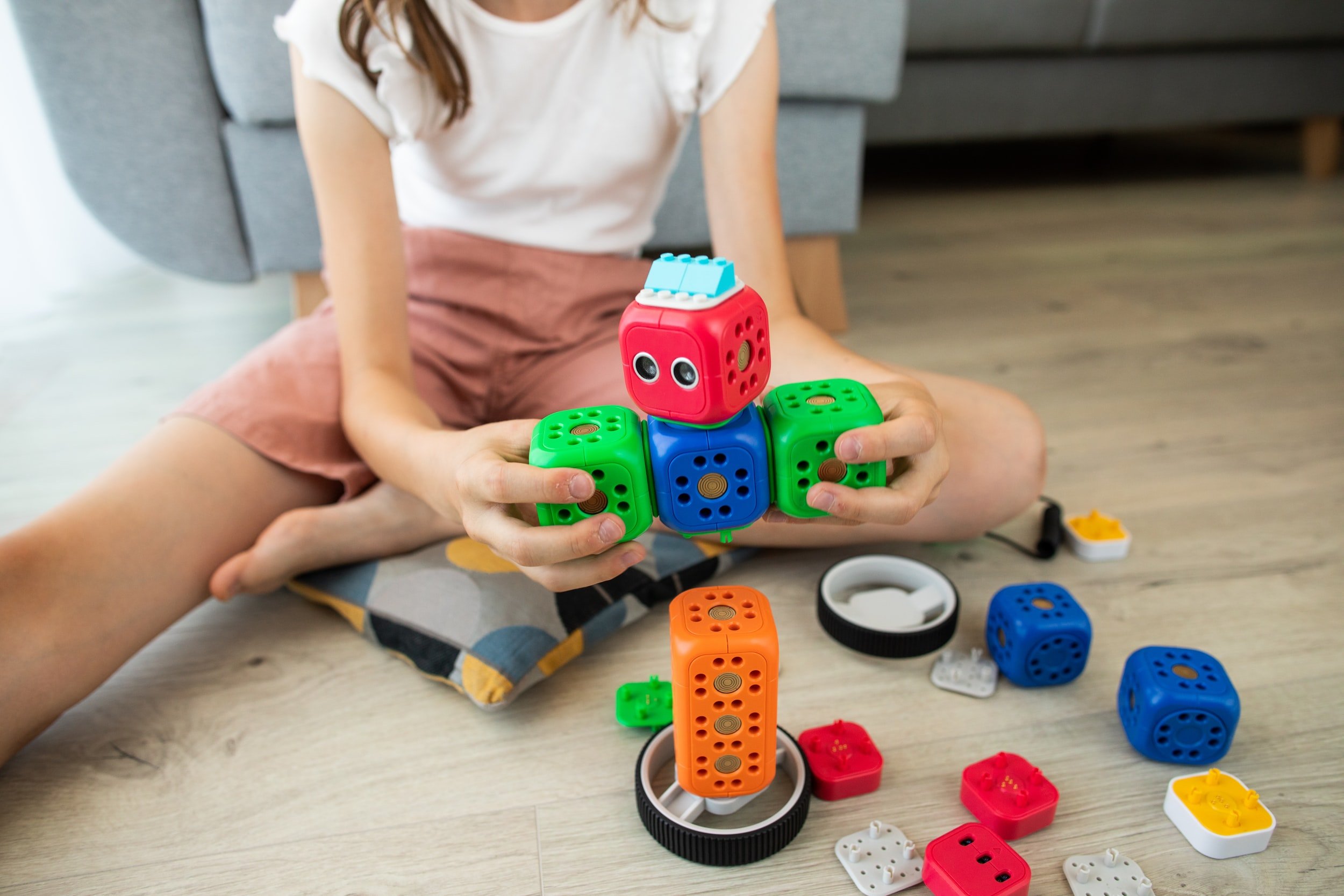Card Sorting to Identify Emotions
For children younger than ten, talk therapy is not a viable option. Kids who are sensory seeking, hyperactive, or anxious are even less able to focus on an emotions-centered conversation. Emotional awareness must be built more creatively, with toys, games, and the use of other physical representations of feelings.
Card sorting is a relatively simple but deeply useful intervention to “gamify” a conversation about emotions. Most young children, even the most cognitively advanced, struggle to use emotion words accurately. This is because they tend to be overwhelmed by their secondary emotions like anger, and have yet to refine a more precise self-awareness over why they get to these reactive states.
A card sort features simple, yet sometimes difficult-to-define words like “jealous” or “anxious.” As the child organizes these cards, tells stories about their experiences with each emotion, and interacts with their therapist about the illustrations, they will naturally deepen their connection to the meanings.
Many young children can’t actually distinguish when a situation might provoke, for example, embarrassment versus frustration. They’ve heard these words frequently by the time they are in elementary school but don’t actually know how to distinguish these emotional experiences.
Therapists and parents should be aware of this confusion around emotional words. Most importantly, adults must teach children to probe deeper than their surface reaction of “mad.”
If you believe that your child could benefit from emotions-focused child therapy, please contact Kairos Wellness Collective today.

